Derbyshire climber turns science pioneer after being paralysed by fall
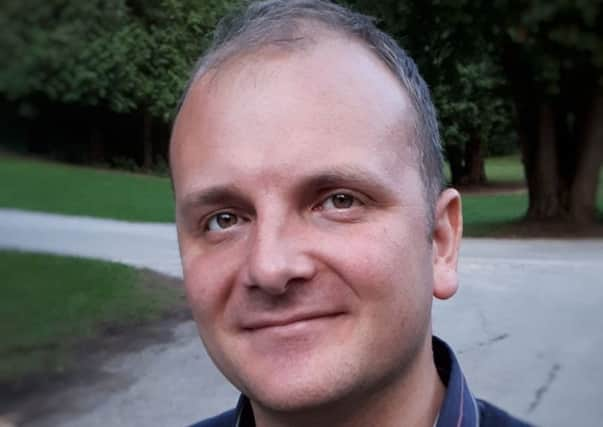

Michael Garton, now 37, was lucky to survive after being hit by a falling rock and dropping 120 feet, breaking his neck, as he attempted to become the first person to climb Norway’s notorious Troll Wall solo in 2006.
The remote location of Europe’s tallest vertical mountain means that Norway officially operates a no-rescue policy, and it was only by chance that Michael lived to tell the tale because someone several miles away spotted him through a telescope. hanging limp from his ropes.
Advertisement
Hide AdAdvertisement
Hide AdHe said: “They told me that they thought I was dead and they treated me like a dead body. It was a huge surprise to them when they winched me into the helicopter and found that I was still alive.”
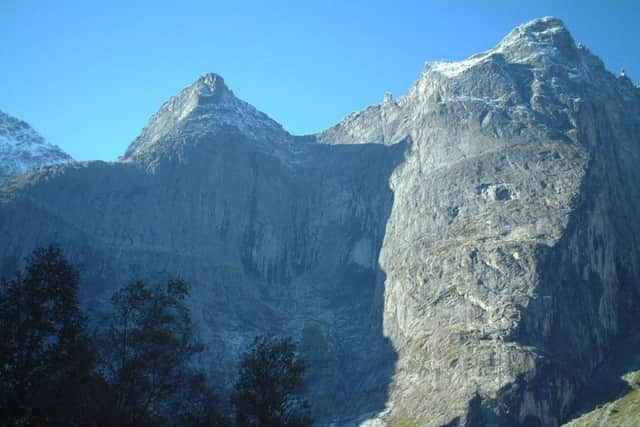

But the determination which pushed him to such daring feats is now driving an equally ambitious career in academia.
Shortly before Christmas he was appointed assistant professor at the University of Toronto’s Institute of Biomaterials and Biomedical Engineering.
Michael, formerly of Riddings, said: “It feels like I’ve been given the keys to a spaceship. The university has provided me with two laboratories to put people to work on anything I like, so I have this feeling of total freedom to explore and try lots of crazy new ideas.
Advertisement
Hide AdAdvertisement
Hide Ad“Having my own labs and large team of people allows me to think much bigger in terms of what we aim to achieve.”
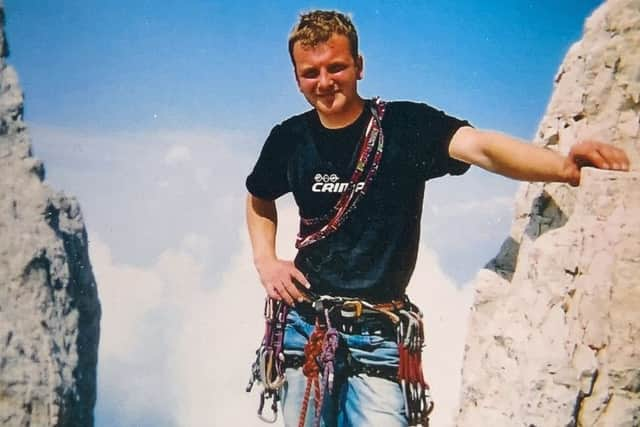

He added: “Toronto is one of the world’s top universities, so I’ll be able to populate my team with some of the smartest people on the planet. I hope this translates into a highly productive lab and very significant impact on global health.
“I anticipate that this will be a more fulfilling life and career than anything I could’ve dreamed of when I was able-bodied.”
Although he was already a trained chemist before the accident, all of Michael’s energies had been focused on a career in climbing and exploration.
Advertisement
Hide AdAdvertisement
Hide AdHaving learned the ropes in the Peak District, he had gone on to conquer some of the continent’s toughest ascents including the Matterhorn in Switzerland.
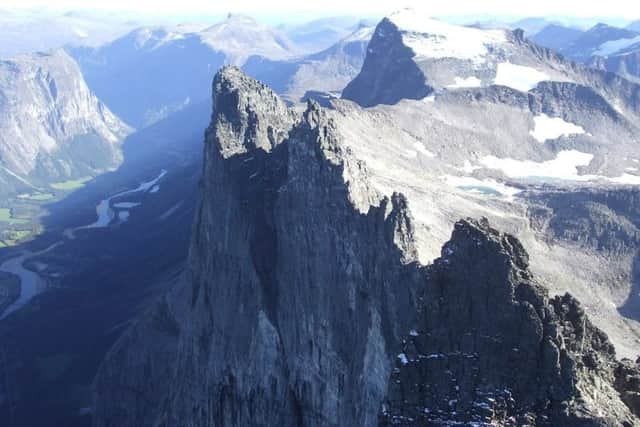

It was only as he began a year of rehabilitation at a Sheffield hospital, after 12 days in a coma, that his thoughts turned to how he might do more to help others.
He said: “I could kind of see that a lot of the staff at the hospital had the same passion for their job as I had for climbing.
“I realized then how selfish I’ve been my whole life by just focusing on how much I could enjoy myself going climbing.”
Advertisement
Hide AdAdvertisement
Hide AdHe added: “It really hit me – that the thing to do is to apply your passion and drive and hard work to something that is actually going to benefit society and other people and not just yourself.”
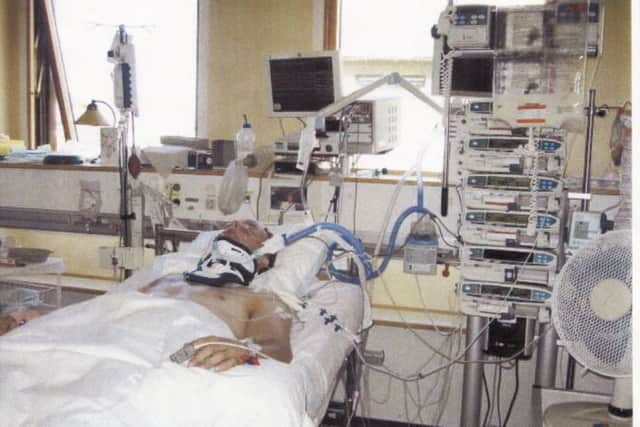

Michael learned to control a computer with his voice and, within a year of the accident, he was studying for a Masters degree at Nottingham Trent University and then carried on to complete a PhD at the University of Nottingham.
He said: “My research interests were forged from the necessity to use a computer, a fascination with the way the world works at the atomic/molecular level, and a general desire to have an impact on health.
“My overarching goal is to reduce death and suffering by inventing new ways to treat disease.”
Advertisement
Hide AdAdvertisement
Hide AdHaving grown up in Riddings, and then lived in Codnor Park and Lea Bridge near Matlock, in 2012 Michael moved to Canada, the homeland of his wife, Hannah.
He said: “It’s quite a contrast to where I currently live in the centre of Toronto, the third largest city in North America, but my parents still live in Codnor Park and I try to visit once a year or so.”
Since the move, his career has gone from strength to strength, with a post at a leading children’s hospital then a junior role at the university.
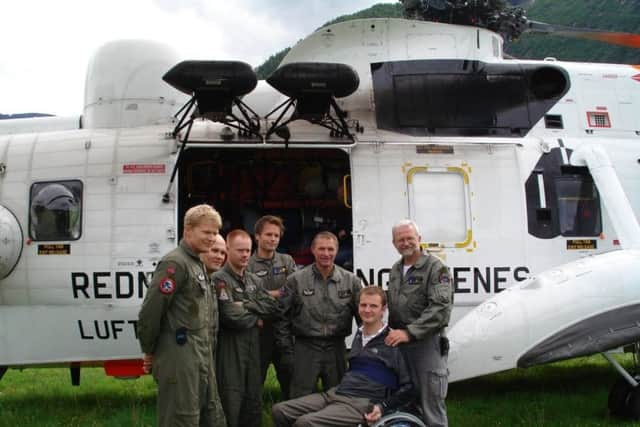

Michael said: “In 2016-17 I single-handedly invented a new way of designing medicines using fragments of protein.
Advertisement
Hide AdAdvertisement
Hide Ad“The method is now patented and is being used by an American biopharmaceutical company to make a range of new medicines to treat diseases from cancer to diabetes. When I look back on everything that’s happened in the last 13 years, that’s what I’m most proud of.”
He added: “My current idea is to use our own human cells as the means to treat disease. We are designing a new set of genetic instructions that tell our cells how to detect and treat disease.
“These instructions can be tweaked for huge range of different ailments, and could create living therapeutic devices that use a one-off implant solve your health problem.”
One of the first projects Michael’s team will take on will be to try and engineer human cells which can mend painful joints caused by conditions such as arthritis.
Advertisement
Hide AdAdvertisement
Hide AdWhile he keeps his eye fixed on the summit, there still more immediate obstacles for Michael to overcome on the way.
He said: “My recovery of physical capabilities plateaued after about six months in rehab. However, I still progress by figuring out new and better ways to do things – so life gets incrementally easier as time goes by.
“The biggest challenge has probably been being so dependent on other people for simple things. Prior to my accident I was fiercely independent. It is a constantly humbling experience to require so much help with basic daily life.”
Away from work, one of the most remarkable signs of Michael’s progress is his burgeoning talent for intricate rock carving using tools which he holds in his mouth – and he has also not lost his sense of adventure.
Advertisement
Hide AdAdvertisement
Hide AdMichael said: “I don’t get out as much as I would like but, when I can, I try to go sailing, and I’ve managed to do a bit of snowmobiling.
I’m trying to figure out how to climb El Capitan – a 3,000 foot vertical rock face at Yosemite National Park in California. It requires a bit of engineering as I only have my biceps to work with, but a plan is slowly coming together. Whatever happens, I hope to ratchet my activities back up in the coming years.”
To learn more about Michael’s work, go to www.gartonlab.org.